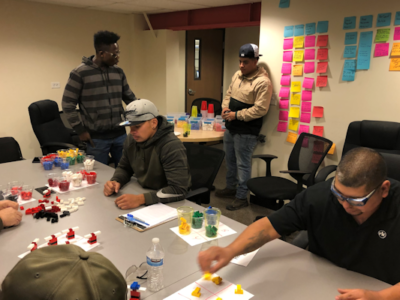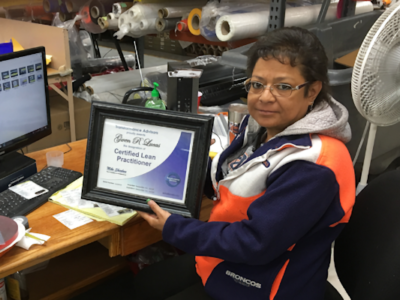Effective Problem Solving
Problem solving is one of the most sought after skills. Organizations need people who can find and eliminate the root cause of complex problems. The easy problems have been solved! Eliminating the complex problems will improve customer satisfaction, increase revenue (or impact), and reduce costs.
Our comprehensive Problem Solving program provides your team with all the tools and knowledge required to find and eliminate the root cause and implement sustainable improvements. We significantly improve your capabilities by compounding the synergistic effects of three critical components:
- Problem Solver: People solve problems and need the knowledge, time, and support required to identify the root cause and implement sustainable solutions. The Problem Solver takes responsibility to solve the problem through a systematic process to develop and champion a sustainable solution which eliminates the root cause.
- Coach: If there is any silver bullet when it comes to problem solving, then coaching is that bullet. The Coach takes responsibility to guide the Problem Solver through a process and provide advice on options and alternatives for being successful. A Coach unlocks a person’s potential to maximize their own performance by helping them to learn.
- Systematic Methodology: Getting to the root cause and implementing sustainable solutions is most effective when using a systematic, or step by step, approach. Chaotic trial and error can be fun in a laboratory. It’s not so fun when a problem keeps coming back. Your customers, suppliers, or employees wonder who is routinely driving your bus into the ditch.
While each of the above components provide great value, it is the synergy between them which makes for an effective program. Your ability to find solutions is better when you have all of the pieces of the puzzle than with any alternative approach.
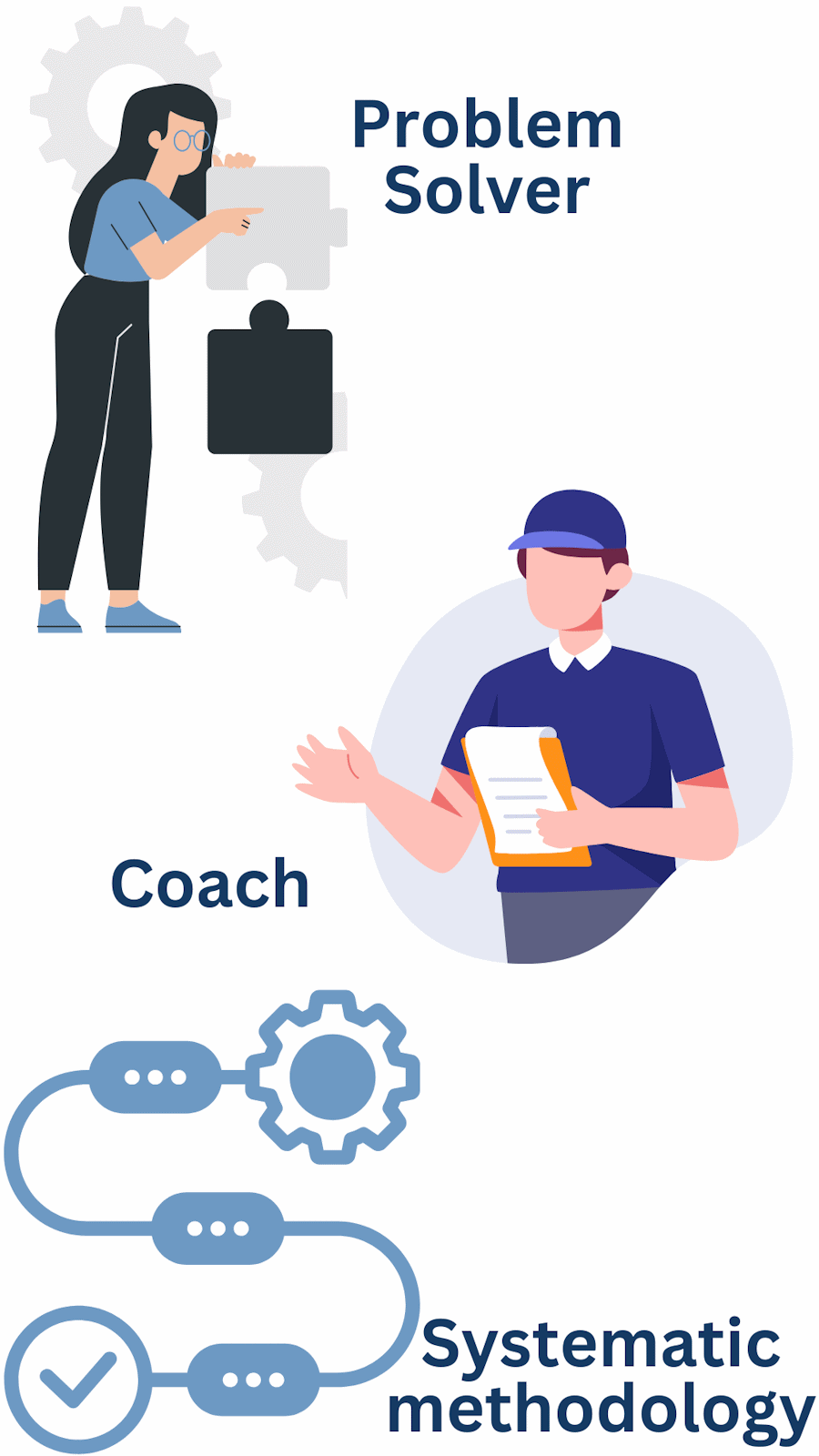
Problem solving is often described as “figuring out what to do when you don’t know what to do”.
Top 5 Benefits of a Problem Solving Program
Return on Investment (ROI)
The investment in a Problem Solving program is relatively modest. It takes time and money to find the root cause and implement a sustainable solution. The results, or return, can be astonishing.
Thus, astonishing return divided by modest investment = outstanding ROI.
A few of your results could be:
- Reduce the cycle time for new product development creating faster time to market and increased revenue.
- Reduce defects and wasted effort creating more efficient processes with reduced cost.
- Improve service and quality leading to impressed customers and increased revenue.
- Cut down on mistakes and miscommunication creating a better quality of life with fewer hassles and firefighting.
- Create stable processes which don’t rely on tribal knowledge and can scale up for growing revenue.
- Develop empowered employees with a common language able to drive continuous improvement.
- Reduce the waste of energy and materials lowering your carbon footprint and delivering on your sustainability goals.
A Problem Solving program delivers results. There is a reason problem solving is one of the most sought after skills.

Quality of Life
Low morale, low productivity, and high turnover plague many organizations. Processes rely on tribal knowledge and firefighting.
Processes breakdown when there is the smallest disruption. There are too many hassles, the ship is sinking, and quality of life is low.
It does not have to be that way. A Problem Solving program will create processes which are stable, flexible, and able to meet stakeholder needs. Empowered employees will focus on data-driven decisions and leverage a systematic methodology which will mean problems get solved and don’t keep coming back. No more whack-a-mole.

Scalability
Processes which rely on tribal knowledge and firefighting will hold an organization back. Many find they cannot grow as everything seems to break at the slightest increase in customer demand.
It’s very common for an organization to grow to a point where the old processes no longer work and it’s time for a significant upgrade. This is the ideal time for a Problem Solving program. It’s time to find the root cause and implement sustainable solutions which leverage best practices and are scalable.
Lean more about reaching the points where it’s time to upgrade your processes at: 7 Stages of Growth.

Lean is #1
The DNA for our Problem Solving program comes from the Lean methodology known as A3 Problem Solving. Lean is the #1 improvement program for a reason. As the most popular and best improvement program, there are a number on advantages:
- The tools exist and you don’t have to recreate the wheel or waste resources developing new methodologies or new classes
- You will develop a common language, built around the elimination of waste, creating empowered employees able to drive continuous improvement
- You will recruit better candidates with Lean experience and won’t be fooled by those who have only been chaotic cost cutters
- You will join those organizations who proudly claim they are members of the Lean community, creating a competitive advantage
Lean more at: What is Lean?
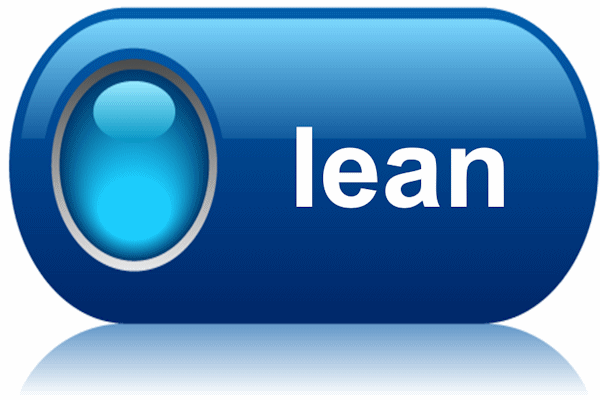
Sustainability
Solving those complex problems is part of what is needed to craft a sustainable organization which “meets the needs of the present without compromising the future and delivers on your mission”.
Problems get in the way and hinder your ability to fulfill the mission of your organization in a manner which protects planet earth and all stakeholders.

3 Components of a Problem Solving Program
As identified above, we have 3 components required for an effective program:
- Problem Solver
- Coach
- Systematic Methodology
Let's look closer at each one.

1. Problem Solver
If you are the executive in charge, then you have probably solved hundreds of difficult problems in your career. Perhaps, your hardest unsolved problem is how to develop your people to be the Problem Solvers you need?
Telling everyone to “try harder”, “deal with it”, or “go watch a free YouTube video” is just foolish nonsense. The easy problems have been solved. It’s time to work the ones which keep coming back, after you thought a fix had been found.
With our program, the Problem Solver will be someone from your organization who takes responsibility to solve the problem through a systematic process to develop and champion a sustainable solution which eliminates the root cause.
For more information on Problem Solvers, see:
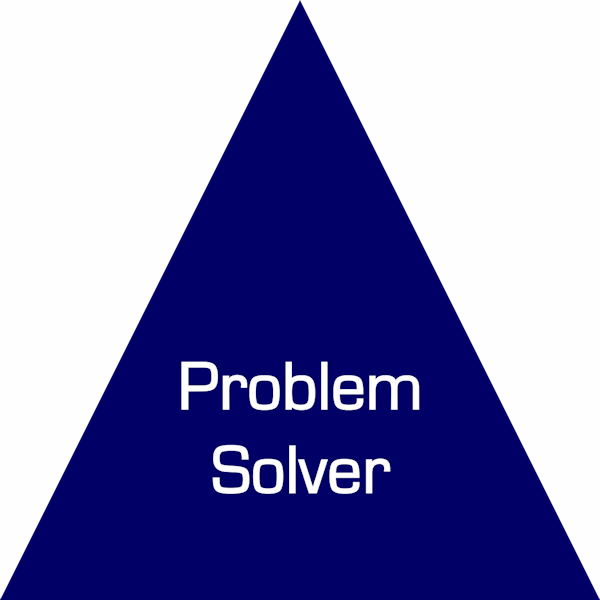
A Problem Solver "takes responsibility to solve the problem through a systematic process to develop and champion a sustainable solution which eliminates the root cause".
2. Coach
Coaching a Problem Solver requires a focus on two big goals:
- Helping a person develop the skills they need to work the systematic process
- Engaging in conversation and inquiry in a manner which encourages and allows a person to work through the process
The coach asks questions which help the problem solver dig deeper, think outside the box, develop countermeasures, and implement a sustainable solution. The best questions encourage deep thinking and discovery of relevant information. These are not yes or no questions. You need to promote a conversation.
With our program, an expert from our team will guide the Problem Solver through a systematic process and provide advice on options and alternatives for being successful. Our goal is to make the process of problem solving transparent and help you create an organization populated with problem solvers.
For more information on coaching, see:
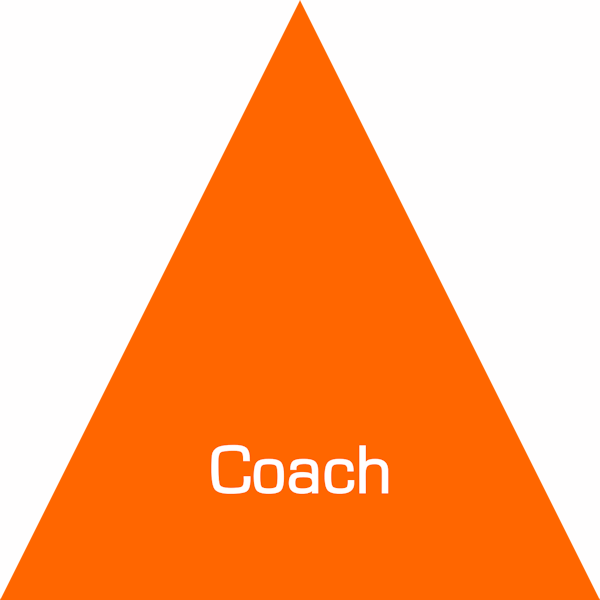
A Coach "unlocks a person’s potential to maximize their own performance by helping them to learn".
3. Systematic Methodology
Our program is an enhanced version of the A3 Problem Solving methodology and follows the following steps:
- Identify Priorities
- Problem Selection
- Problem Solving
- Repeatable Process
- Next Problem
A typical path for developing problem solving skills for an organization includes:
- An Executive Sponsor sees the opportunities for building a team of Problem Solvers
- Identify 3 to 4 key people who will invest weekly efforts to work the process and become Problem Solvers
- Conduct kick-off meeting for problem selection and process training - 12 week commitment with upfront schedule
- Transformance Advisors provides 1 hour of coaching per week for each Problem Solver
For more information on our systematic program, see:

FAQs on What's Involved with a Problem Solving Program?
Step 1: Identify Priorities
We begin with your objectives such as a review of your 3 to 5 strategic initiatives:
- What are you seeking to accomplish?
- What gaps do you need to close?
- Where are you facing significant challenges?
- Which challenges do not have a clear path to resolution?
This step is a joint effort between the Executive Sponsor, your Problem Solver, and your Coach from Transformance Advisors.
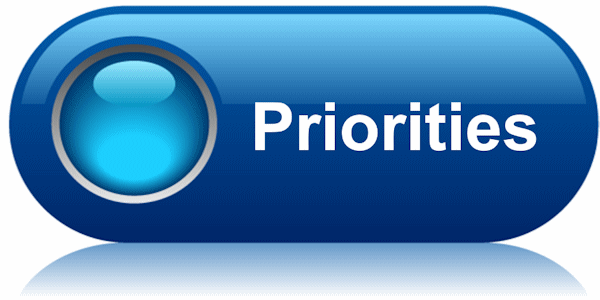
Step 2: Problem Selection
Select a problem for each Problem Solver which will make a difference:
- Select a challenge from step 1
- Scope for 60 to 90 days
- Establish target dates
- Identify resources who will help
- Schedule a weekly cadence
Set target dates with expectations for weekly progress which will be monitored with green-yellow-red status reporting.

Step 3: Problem Solving
The Problem Solver will identify the root cause and implement sustainable solutions by following a systematic approach:
- Organize the facts
- Expose the myths
- Tell the story about the problem
- Craft a solution
- Champion the changes required
It will be time to end bad habits. No more jumping to conclusions or applying poor fixes doomed to fail.

Step 4: Repeatable Process
Time to establish a repeatable process:
- Document benefits
- Standard work for Problem Solvers
- Standard work for Coaches
- Problem Solver ready to coach
- Recognition system
Now that you have experienced a problem solving methodology which works, you need to standardize and repeat this approach in the future.

Step 5: Next Problem
Go get the next problem:
- You now have the wind at your back
- You have experience with a proven methodology
- The only thing which can stop you is not having any problems to fix!
But caution is advised. You can't go grab the next 200 problems and overwhelm your problem solving capabilities. Focus on strategic initiatives and scope your efforts for things you can solve in 60 to 90 days.

Putting a Problem Solving Program all Together
Problem Solvers, Coaches, and a Systematic Methodology are the three critical components for a successful Problem Solving program. They provide the necessary ingredients required to eliminate the root cause and implement sustainable solutions.
Problem Solvers take responsibility to solve the problem through a systematic process to develop and champion a sustainable solution which eliminates the root cause.
Coaches unlock a person’s potential to maximize their own performance by helping them to learn.
A Systematic Methodology provides the supporting infrastructure with step by step guideline for achieving success.
A Problem Solving program is a great investment and provides incredible ROI. Lower your risk and increase your chances of success by doing it right.
The easy problems have been solved. It’s time to work the ones which keep coming back, after you thought a fix had been found. Is it time to solve those complex problems once and for all?

An effective Problem Solving Program will "eliminate the root cause and implement sustainable improvements".
FAQs on Why Transformance Advisors for help with a Problem Solving Program?
Why is your approach better than the others?
Research and experience have taught us the 3 critical components of Problem Solving are Problem Solvers, Coaches, and a Systematic Methodology. We will help you focus on the right things and avoid the common traps which derail too many enthusiasts.
Lean more about the common traps waiting to derail you at: Why Do A3 Problem Solving Efforts Fail?.

We have tried these problem solving programs which everyone claims are quick and easy. Why are you different?
We do not agree with the charlatans claiming quick and easy solutions. Today's problems often have root causes which are hard to find and eliminate. We will coach you through a methodology which works. It will not be easy, but our problem solving program will eliminate the confusion on what to do and when to do it.
Lean more about the common traps waiting to derail you at: Why Do A3 Problem Solving Efforts Fail?.

How is your approach different than the Lean technique called A3 Problem Solving?
We leverage many of the positive features found in the A3 technique. However, we have seen too many organizations fail and become frustrated. We have addressed the shortcomings in the A3 approach which include drive-by training, claims of too easy to fail, claims of using every day for every problem, and the lack of coaching for the problem solvers.
Lean more about the common traps waiting to derail you at: Why Do A3 Problem Solving Efforts Fail?.

I've heard about these programs designed to be used every day for every problem. This sounds too good to be true. Will your approach be the only methodology we will need?
We know you will be able to use our methodology for many problems you face. However, it is not the only approach you will ever need. Recall the guru of infinite wisdom who warned us: "if all you have is a hammer, then every problem looks like a nail". Other methodologies, such as Value Stream Mapping, Changeover Reduction, and Six Sigma have their place.
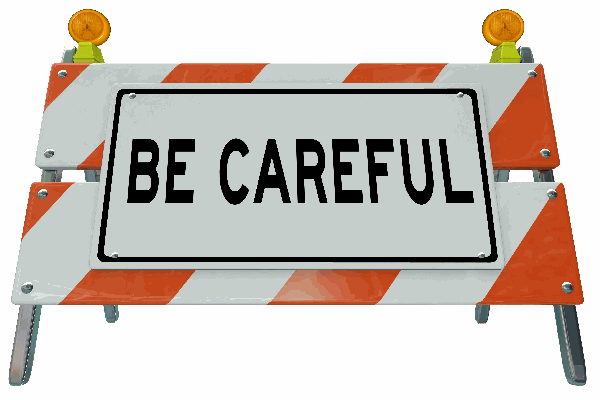
Can I just buy a magic pill which will eliminate all our problems with no effort from our leadership team?
No!
We remove the confusion and endless references to Japanese words. But, it's still going to take a commitment from your leadership team.
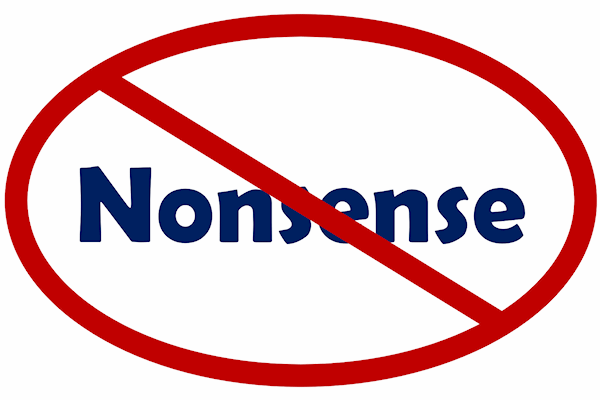
Your program looks like the solution we have been searching for. What should I do first?
First, give yourself a pat on the back for realizing there is a way to become effective problem solvers.
Your next step is to contact us. We will help you assess your opportunities and craft a roadmap to success.
Contact Us

Get the Transformance Communiqué
"the newsletter for those crafting a sustainable organization"












